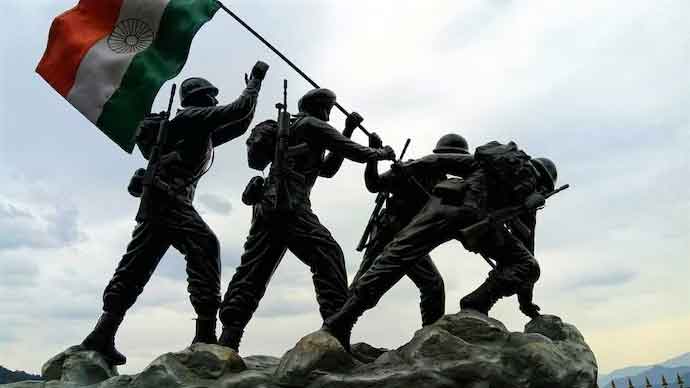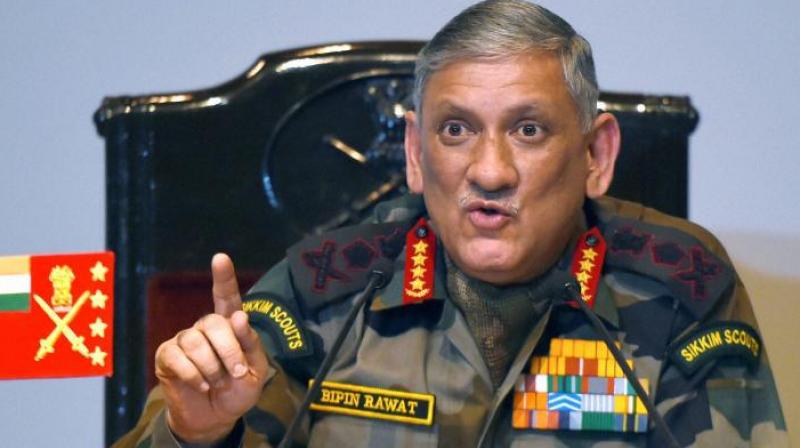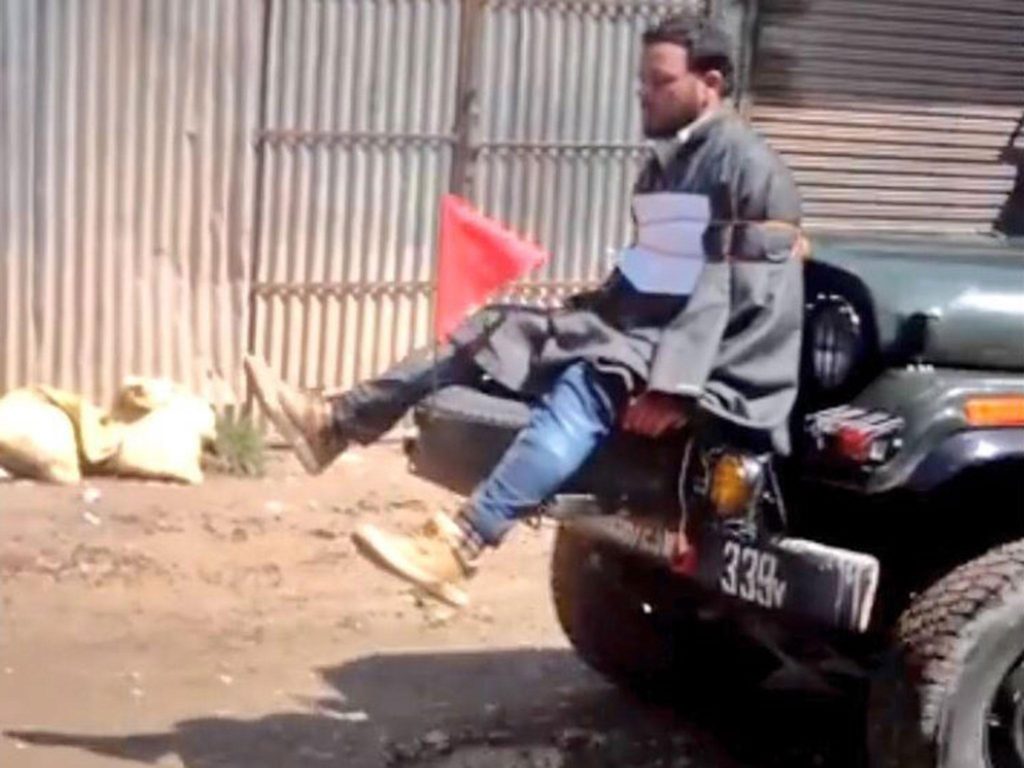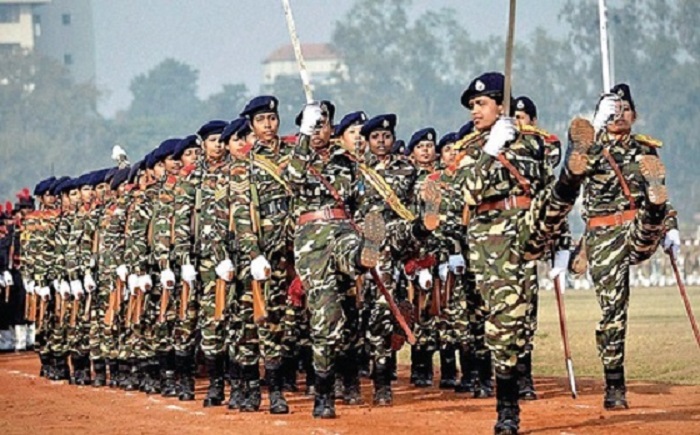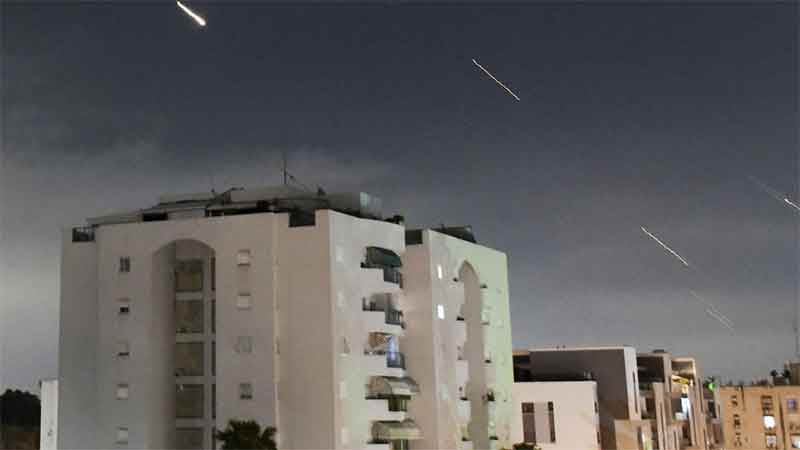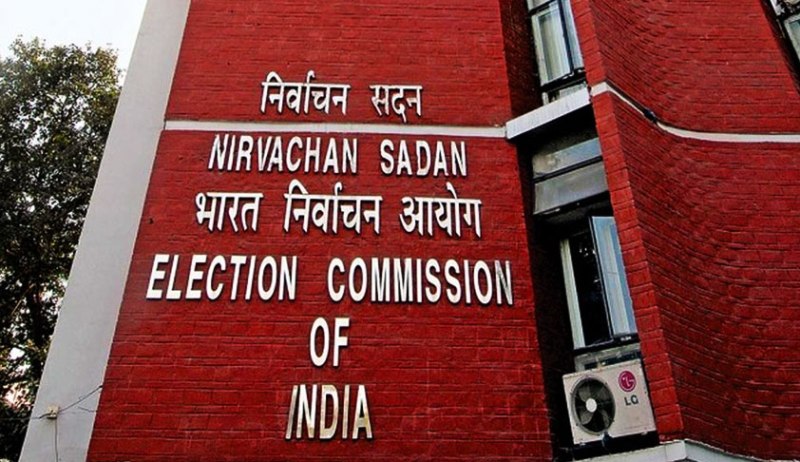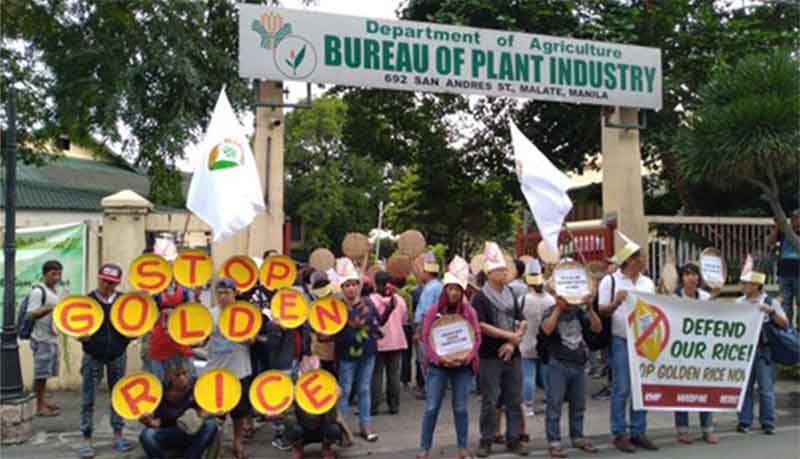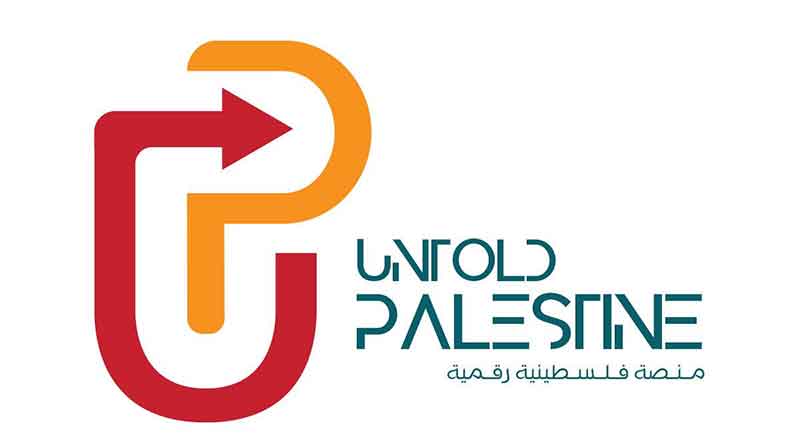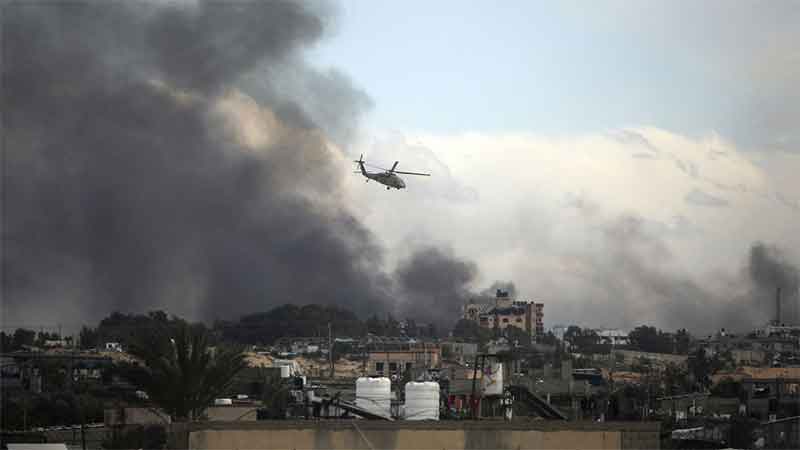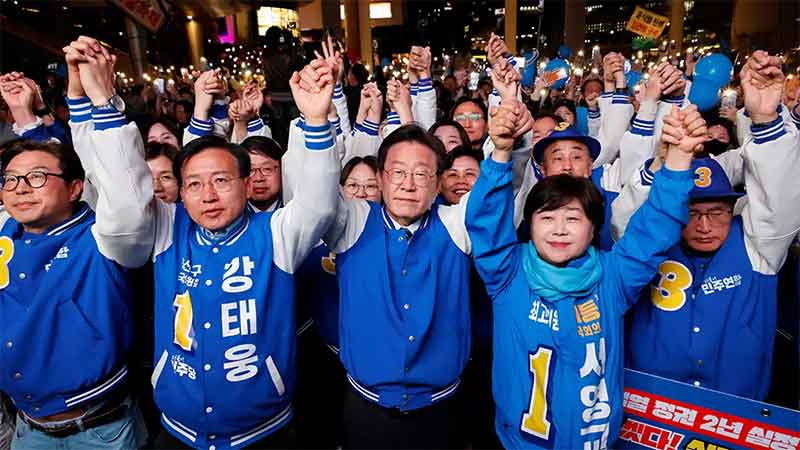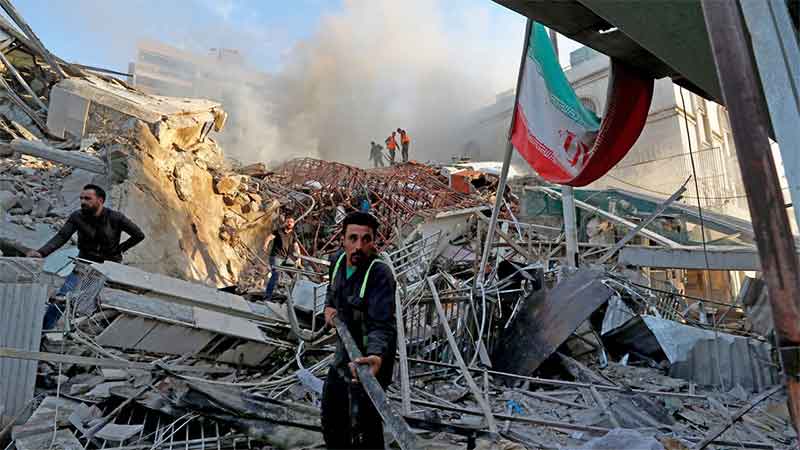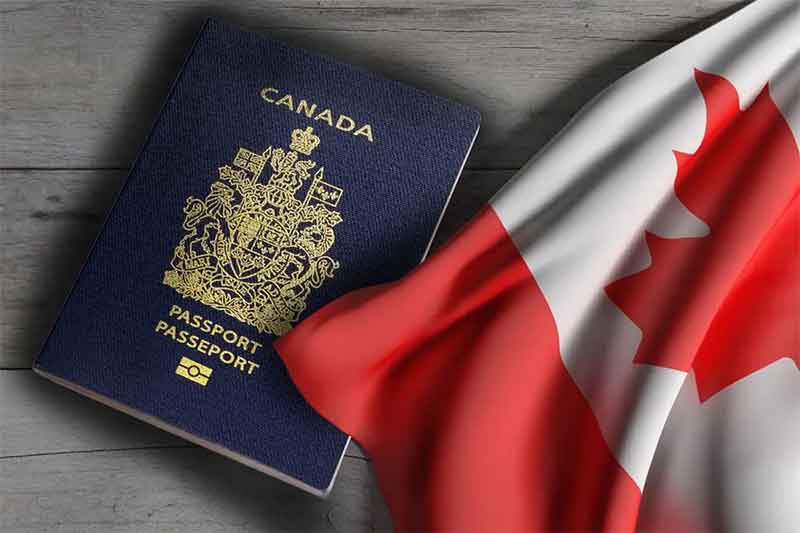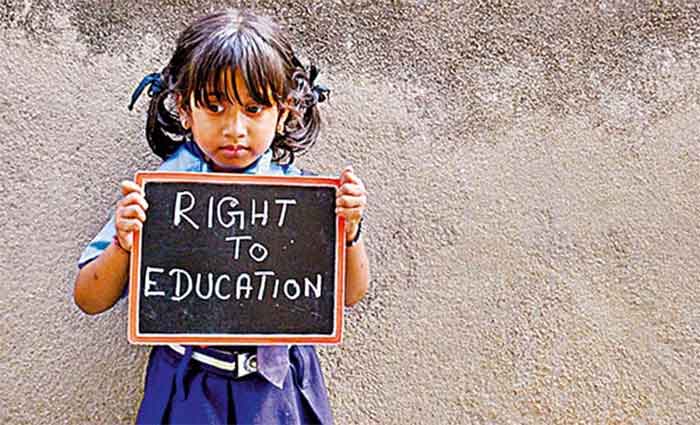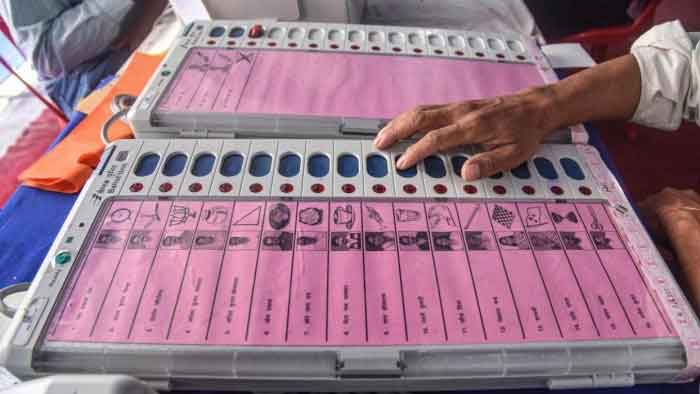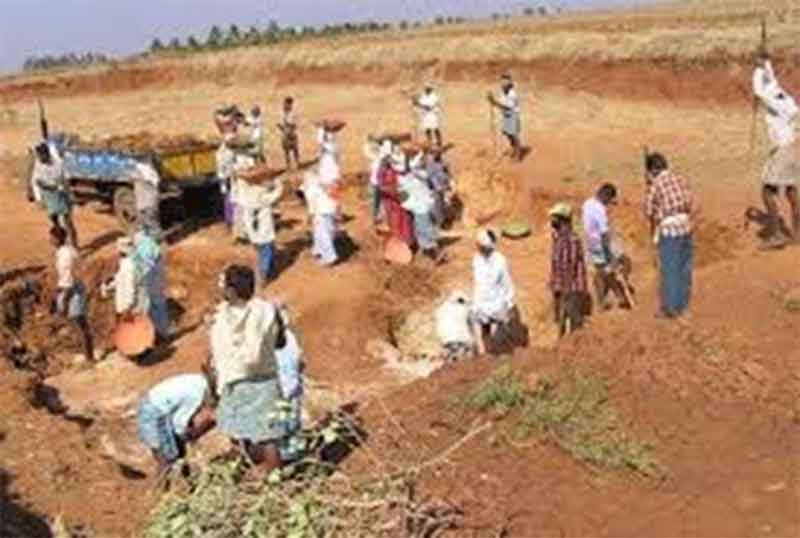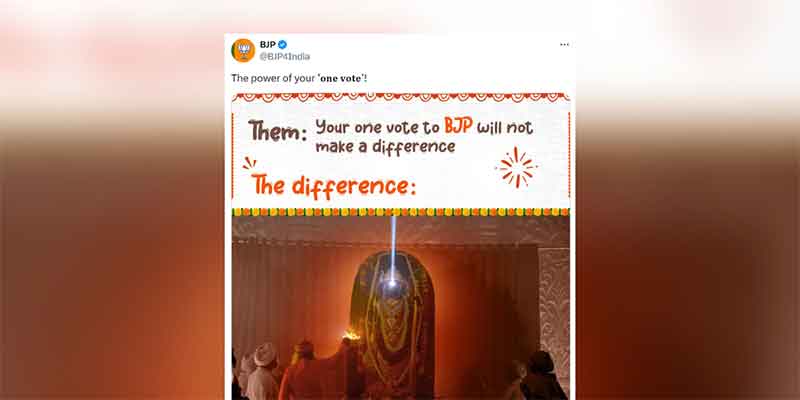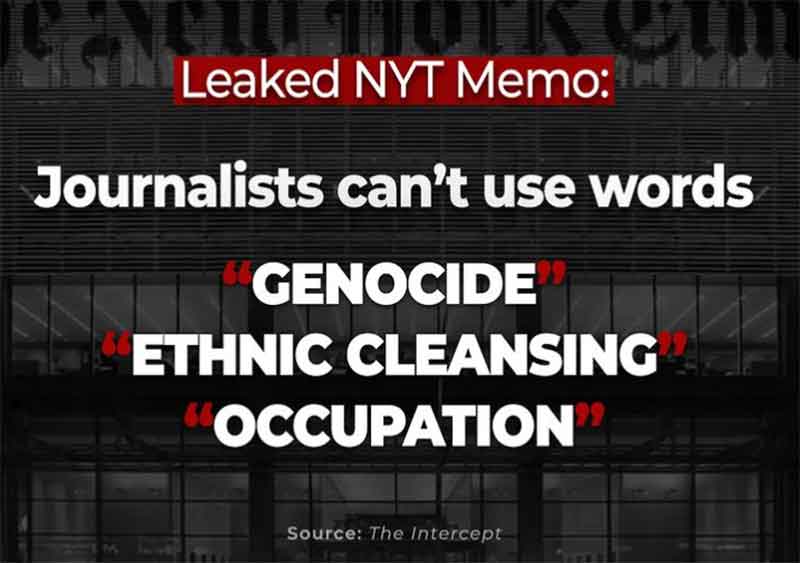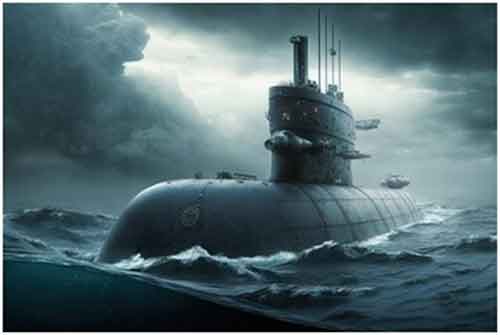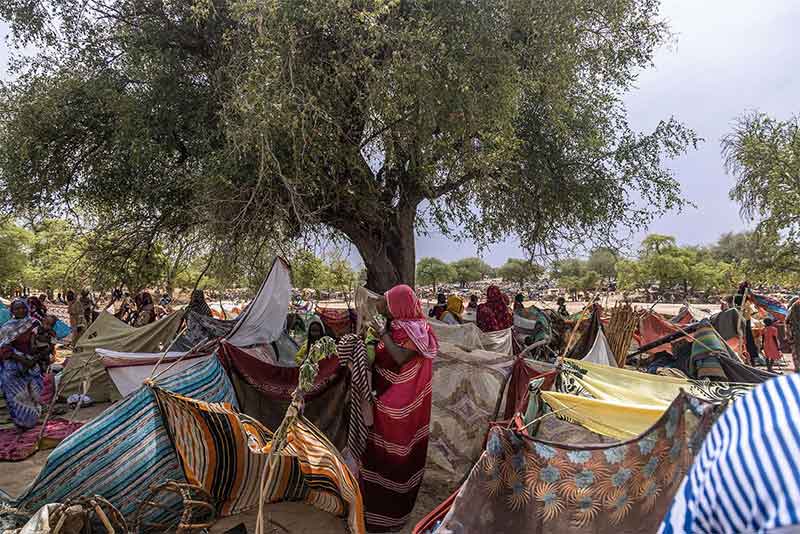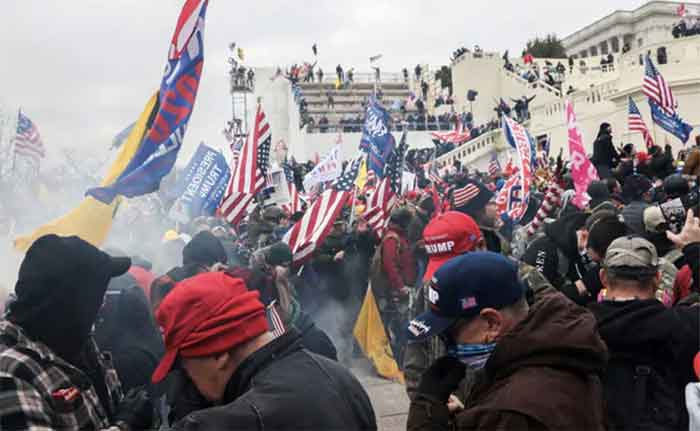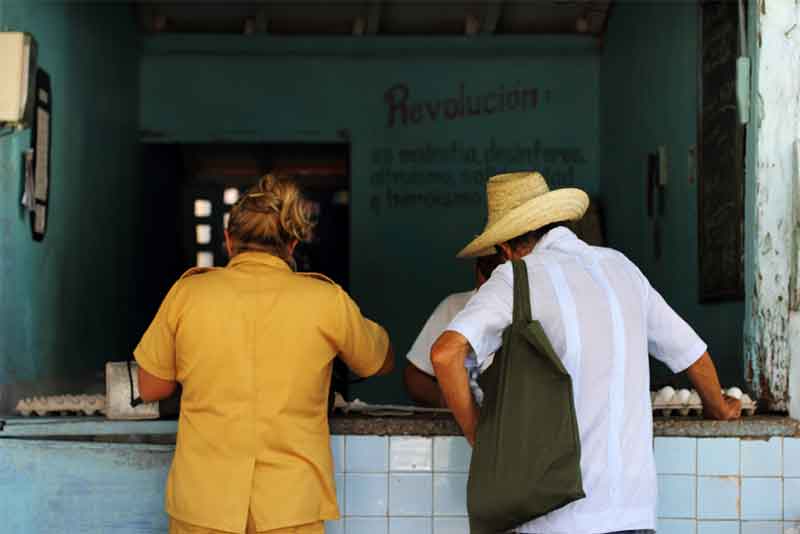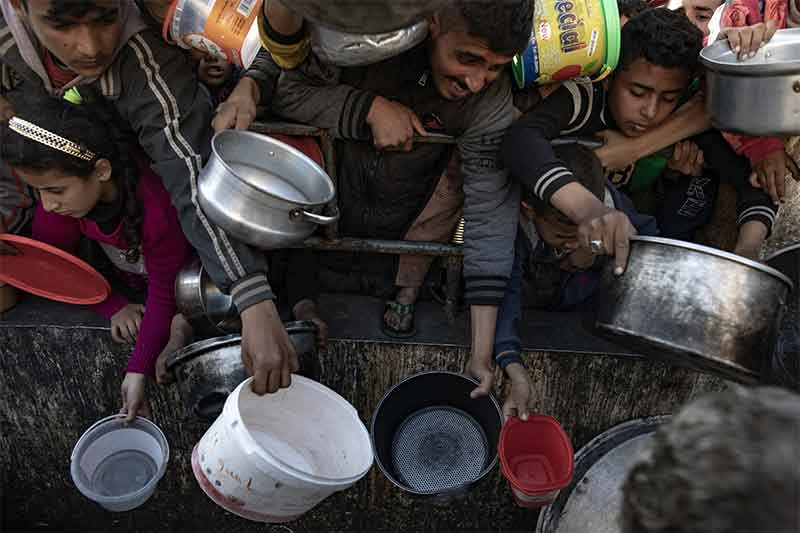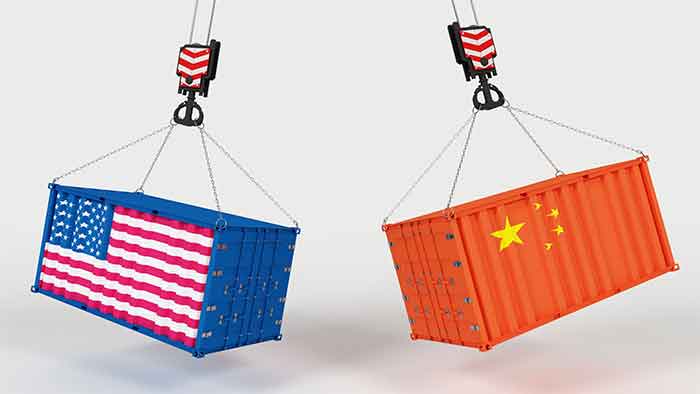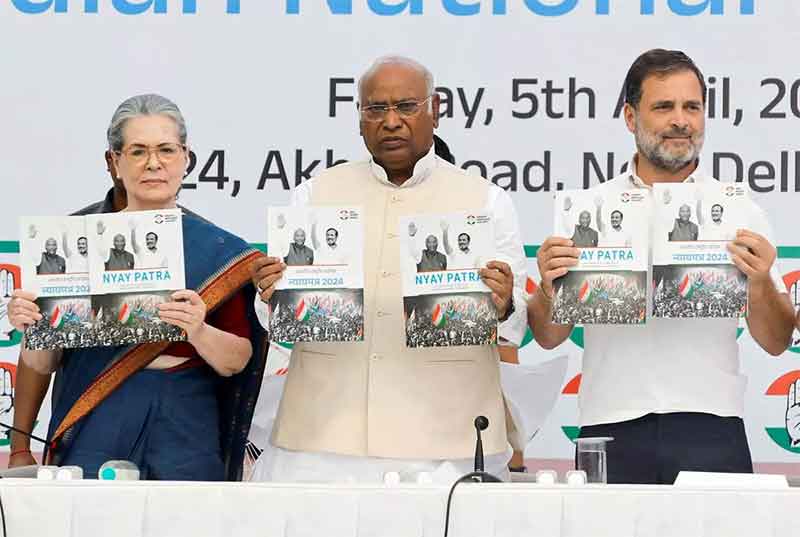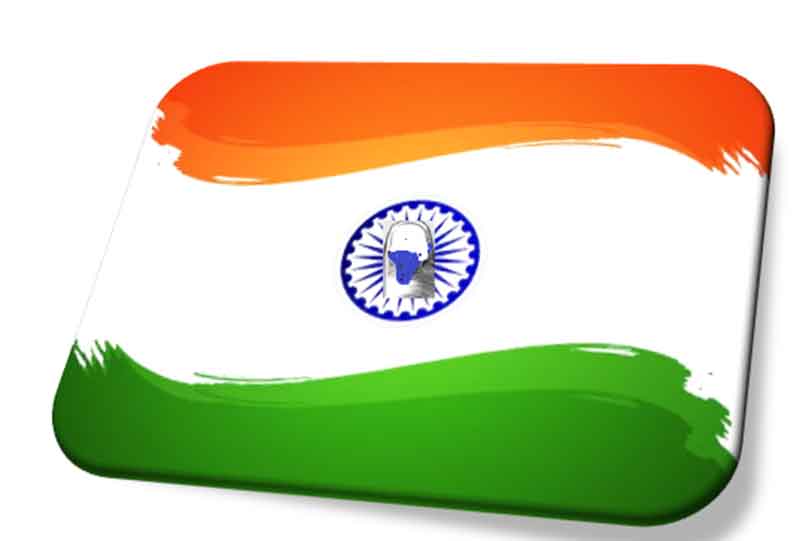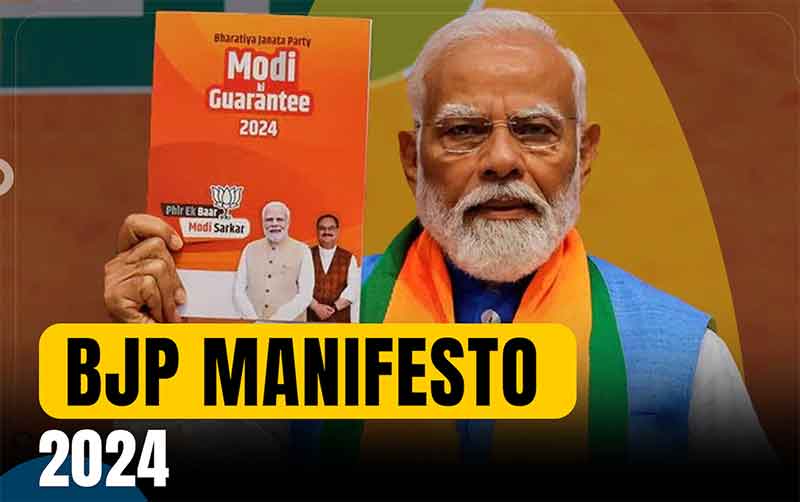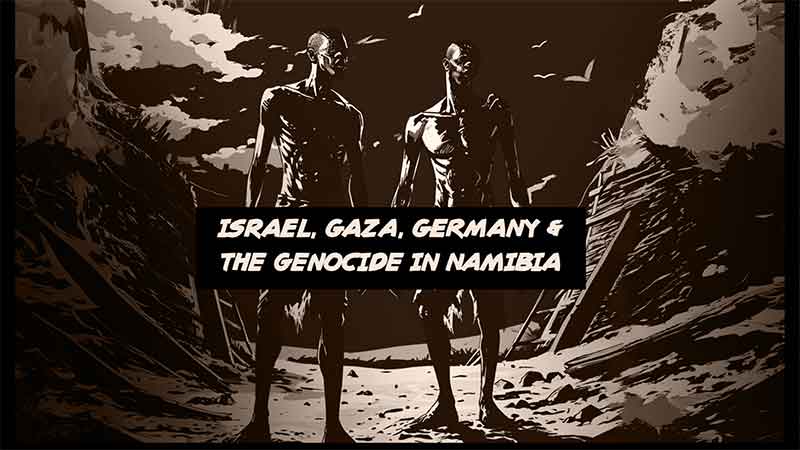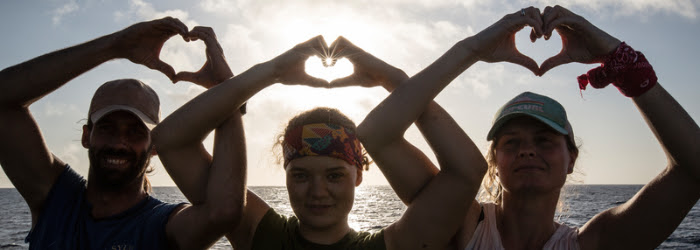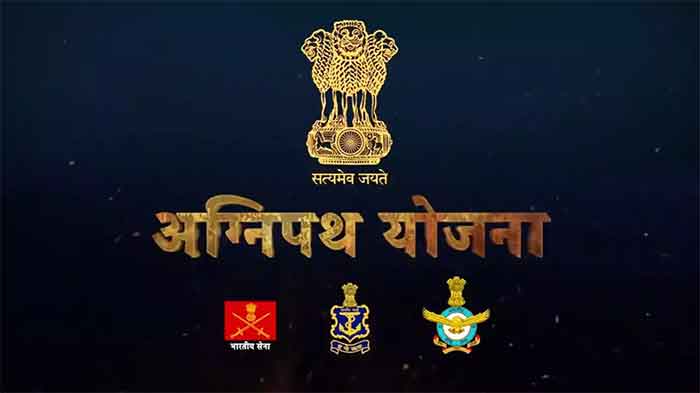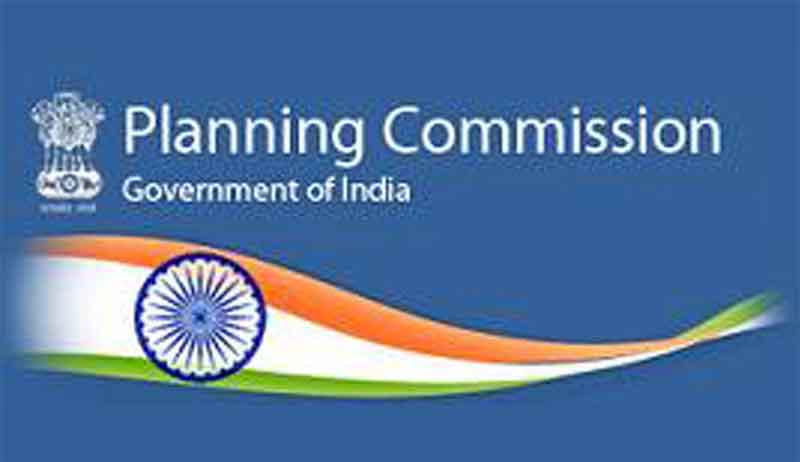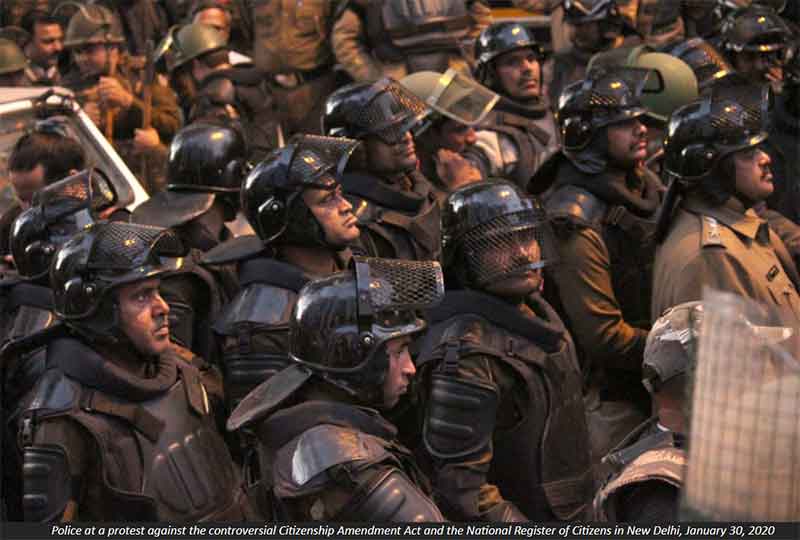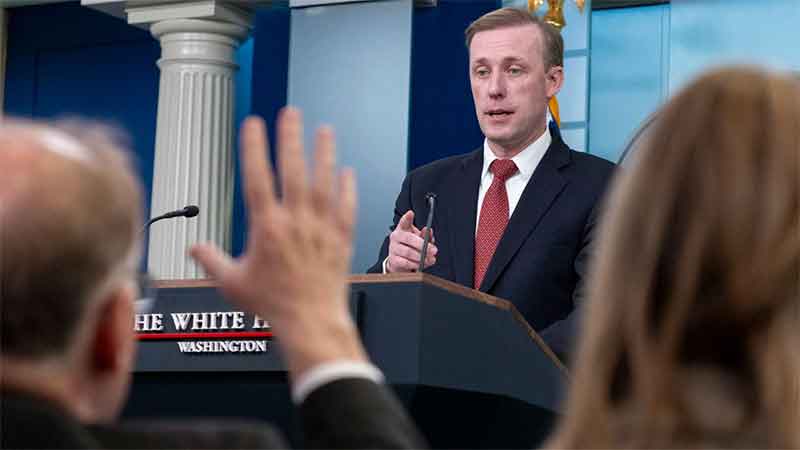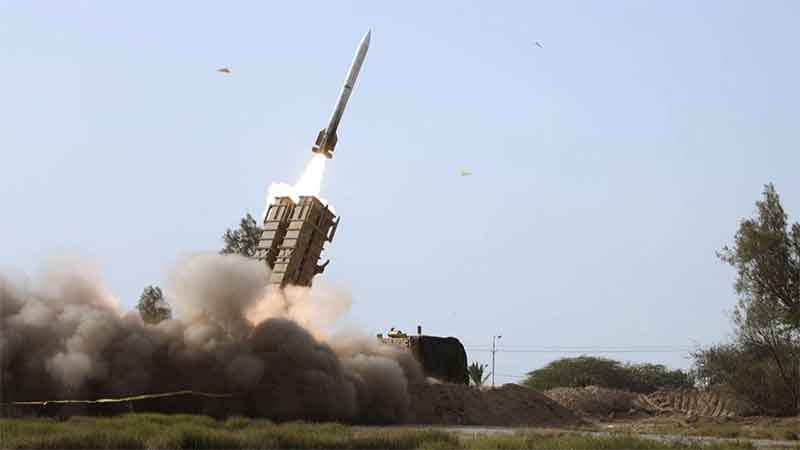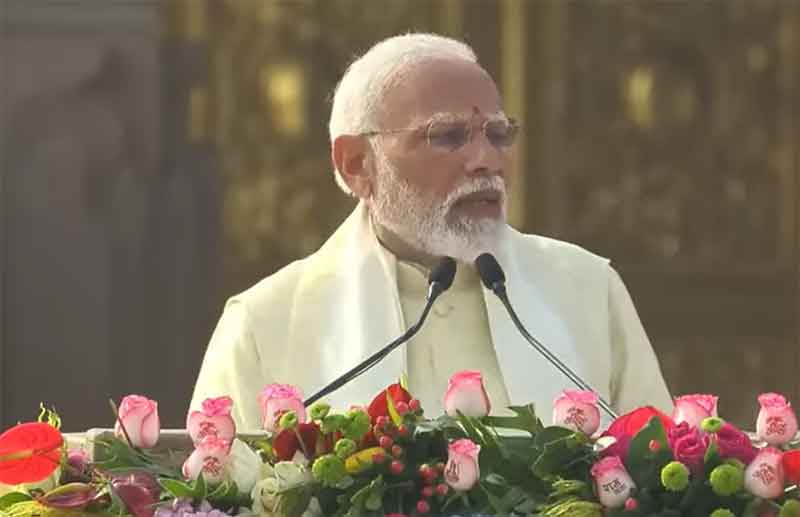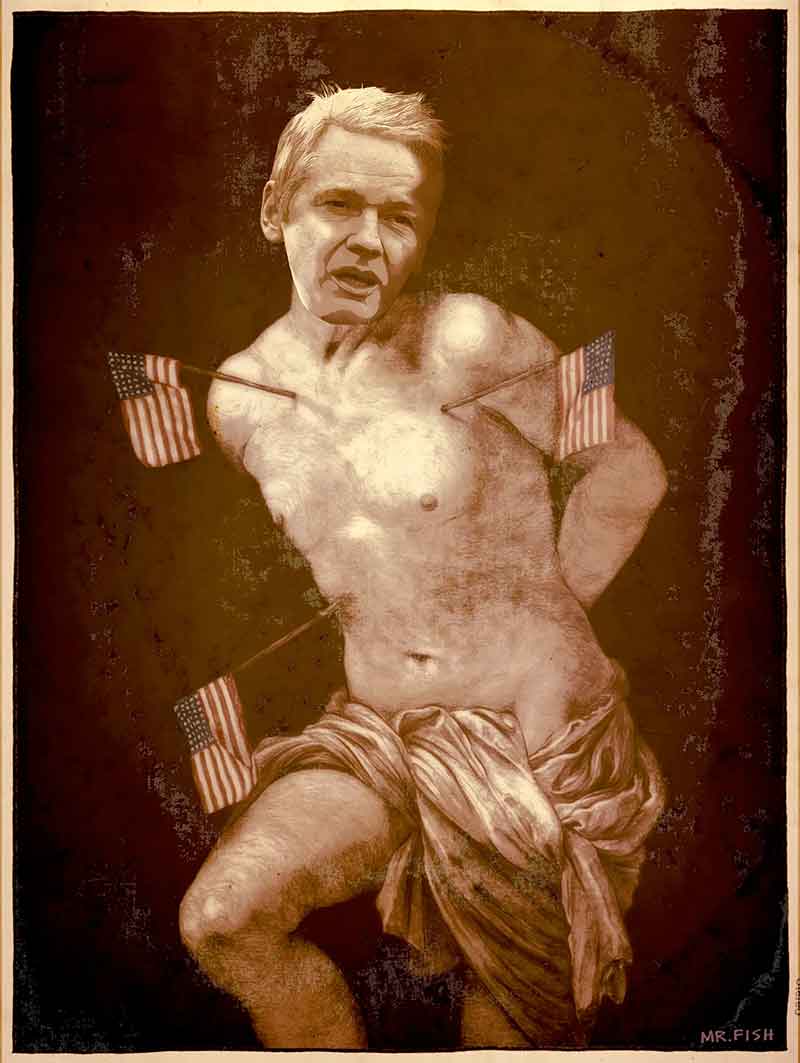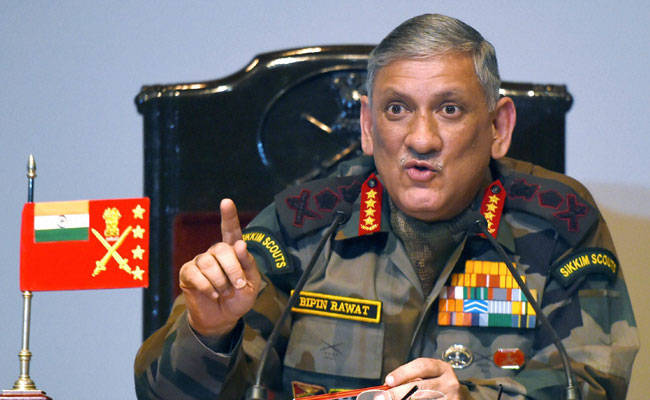
The well-known social scientist and historian, Partha Chatterjee (in his article ‘In Kashmir, India is witnessing Its General Dyer’ that came out on the news portal The Wire some time ago) , is receiving more hate-mails than accolades, judging by the responses carried by that website. This is expected, given the militaristic jingoism that has been generated by the present regime both among the public and the urban articulate middle classes (through a mainstream media, which is a salivating agent ready to carry out the orders of the ruling party by propagating their fictitious claims, and muffling the voices of the Opposition). It is under these circumstances that Partha has sounded the much-needed warning against the increasing power of the army brass in the determination of domestic policies of our government.
We are witnessing acts of such militarization of civil administration in Kashmir, Manipur and other parts of the north-east, and the vast swathes of central India covering the forests of Chhattisgarh, Odisha, Jharkhand, Maharashtra, Telengana , where the state governments (irrespective of their political hues) have virtually handed over power to the armed forces , which brutally suppress demonstrations of protests of the citizens . Even in West Bengal, the Trinamul chief minister Mamata Banerjee , when facing street protests by her political opponents in Darjeeling , at the drop of a hat, requested the army to take control of the situation. The jawans are thus being deployed against their own people. They operate as members of the regular Indian army (as in parts of Kashmir and the north-east, which are virtually under martial law ), and as para-military forces like the CRPF and BSF (which again are commanded by army generals – some in service, some retired), in other areas.
The draconian law – AFSPA, Armed Forces (Special Powers) Act – has provided impunity to these jawans and their generals against any punishment for the atrocities that they might commit in Kashmir (killing of the youth in the name of `encounters,’ rape of women, suppression of the media, indefinite curfew for days together that curb the movement of citizens). Despite the Supreme Court’s July 9, 2016 verdict warning the armed personnel against use of excessive force in the areas under the AFSPA, the security forces have indulged in the deadliest form of retaliation against popular protests by resorting to pellet gunning that have blinded thousands of young Kashmiris, many among whom are dying every day.
Emerging militocracy in India ?
The Indian government justifies these acts as necessary to maintain law and order, and protect the Indian state from terrorists and Maoist insurgents. The most vociferous defender of this justification is the present army chief, General Bipin Rawat . He appears to have usurped the role of the Defence Ministry’s official spokesperson who is authorized to announce policies relating to the armed forces. He also sounds like an unofficial representative of the sentiments of the ruling BJP politicians. How can we otherwise explain his unilateral announcement of a reward to an army officer who is facing a criminal case in Jammu and Kashmir for tying up a Muslim citizen to his jeep and exhibiting that act in public – all on the dubious plea of preventing protestors from attacking the army ? That picture has gone viral all over the world media, and will for ever remain a stain on the reputation of the Indian army.
The other announcement that General Rawat made was addressed to the anti-government protestors in the streets of Kashmir, who resorted to stone-pelting against the guns of his army. He said: “I wish these people instead of throwing stones at us, were firing weapons at us. I would have been happy. Then I could do what (I want to do).” (Re: Rawat’s interview with PTI, May 28, 2017). This bravado indeed harks back to the militarist mindset of his British predecessor, General Dyer (whom Partha Chatterjee quotes in his article.) But then, this challenge thrown by our present Army chief to the young stone-pelters in Kashmir has further implications. In other words, General Rawat wishes that the stone-pelters who face the army in Kashmir should take up arms, so that he could find further justification for extending his regime of trigger-happy soldiers. By challenging these youth to a face-to-face armed confrontation with his soldiers, isn’t the General – in an indirect way – driving them to join the armed militants ?
These statements of the Indian army chief not only violate the constitutional ‘Lakshman-rekha’ that demarcates the border lines between the policies of the government and the obligations of the army under which it is governed, but also reflect the increasingly dangerous assertive role of the army top brass in determining the government’s policies in domestic spheres like Kashmir, north-east and Chhattisgarh – as mentioned earlier. Is the Indian state creeping towards the model set by its neighbor Pakistan, where successive elected governments collaborated with (and submitted to) the army generals, and acted as mere fig-leaves to cover up their long history of corruption and atrocities ?
The barracks behind General Rawat’s headquarters
I would like to extend the borders of Partha Chatterjee’s arguments . I want to go beyond the issue of our present government’s tendency to privilege army generals and para-military bosses in determining its policy decisions. Let me enter their backyard – the barracks of jawans, which are flaunted by these strutting generals as their loyal base, whom they claim to summon at the flick of their fingers to fight against any foreign power (Pakistan and China), and against our own people who protest in Kashmir,
Manipur, Chhattisgarh, Jharkhand. The Indian state naturally valorizes the `sacrifices’ of army jawans who get killed in Indo-Pak border conflicts. It also monetarily re-compensates the families of the huge number of CRPF and other para-military jawans who get ambushed and eliminated in fighting a futile war against tribal protestors under well-armed Maoist guerillas in the forests and hills of eastern, central and southern India.
But how are these jawans, when they are alive, treated by the present Indian state, and its military and para-military establishments ? How have these jawans responded to their generals’ commands, and how have they suffered ? Let us take a few reports about some jawans who have dared to come up with their personal experiences. A BSF (Border Security Force) constable , Tej Bahadur Yadav posted a video complaining of poor quality of food served to jawans. He was soon dismissed. (The Hindu, April 19, 2017). An army jawan, Roy Mathew prepared a sting video showing jawans walking the dogs of their senior officers, taking their children to schools, and even taking their wives on shopping sprees. (March 3, 2017). These public complaints are only the tip of the iceberg that is brewing among the armed forces. A deadly combination of compulsions – orders to kill their own people in Kashmir and the north-east, submission to posting in Siachen (where jawans die more from the environmental hazards than from Pakistani attacks) – are driving the soldiers to commit suicide. According to a Times of India report (March 11, 2017), over 100 military personnel commit suicide every year. Around 600 military personnel committed suicide during the period from 2009 to 2013.
When these figures were disclosed, the Union Minister Arun Jaitely (who is now the half-Finance and half-Defence minister) assured the Rajya Sabha (on July 21, 2014) that his government “has taken various measures to create an appropriate environment for defence personnel , so that they can perform their duty without any mental stress.” But even after that assurance, we find that at least 100 soldiers, 19 airmen and five sailors committed suicide in 2016, along with another three cases of `fragging’ (a term to describe clashes between officers and jawans, or killing of fellow soldiers). These figures were revealed by Jaitely’s junior in the ministry – Subhash Bhambre, minister of state for Defence – in a reply to a question in the Lok Sabha on March 10, 2017. We should probe into the causes that lead these young jawans to kill themselves. Their prolonged deployment in counter-insurgency operations in Kashmir, the north-east, Chhattisgarh – where they are forced to kill their own people – takes a heavy toll on their physical endurance and mental health.
It is not surprising therefore that there is a reluctance on the part of young people to join the army and para-military forces. As the Indian Express reported on May 7, 2017: “At a time when para- military forces are facing a shortage of gazetted officers, almost 60% of officers selected for posting in the BSF, have refused to join…” As for the CRPF jawans (mainly recruited from north and western India) who are deployed in the Maoist-controlled areas of Chhattisgarh, Jharkhand and the officially designated Extremist Affected Areas…. they face a twin challenge: (i) operating in an alien terrain, where the local tribal population look down upon them as enemies because of their indiscriminate attacks on their homes and persecution of innocent people on false charges of Maoist sympathies; and (ii) suffering heavy losses as a result of well-organized Maoist guerilla retaliatory attacks on their convoys and camps – attacks which succeed because of co-operation from the local inhabitants (a fact which is usually glossed over by the army and para-military bosses by using the militarist euphemism: ‘intelligence failure ‘ – suggesting that their spies could not provide them with the necessary information in time). In such circumstances, how can we expect the youth to join these para-military forces ? How long can Modi’s demagogy sustain the jawans with his Sangh Parivar’s version of patriotism and nationalism that drives them to shoot their own people ?
The Indian Army’s jawans
Let us look at our army. Its main source of recruits in Punjab dropped from 17% to 0.75%, according to a report in the Economic Times, of January 13, 2015 . The report attributes this decline to the Punjabi youth’s preference for drugs over the martial reputation that their ancestors might have enjoyed ! Although I surely do not agree with their choice of drugs as an alternative for military service , I understand their mood to a certain extent. Why should they opt for employment in the Indian army, when they know well how they will be treated as menials by their generals in the domestic sphere, and as cannon-fodders in the battle field ?
Even worse, without any military battles, the Indian jawans (coming from all parts of the country) face death from environmental hazards – in a place called Siachen. It is a useless uninhabited glacier over which both India and Pakistan continue to contest for possession, just for their respective military interests. Both Delhi and Islamabad deploy their jawans to overlook the Siachen glacier. How have these jawans suffered ? According to official information submitted to Parliament, from 1984 (when the Indian army launched Operation Meghdoot) till 2015, at least 869 army men died at Siachen – not from battles with their Pakistan counterparts – but by battling extreme weather conditions that prevail there. The majority among them were jawans . Similarly, in this futile confrontation, Pakistan had lost more than 200 soldiers between 2003-2010 due to natural calamities. In 2012 alone , over 130 soldiers were killed in an avalanche. (Re: The Hindu, December 12, 2015)
Given the increasing mood of disgruntlement among the jawans of the army and para-military forces, the depletion in their ranks through loss of lives in insecure and hostile environments in Kashmir, Chhattisgarh, Jharkhand and other areas, and the decreasing trend in recruitment, how long can our army top brass, and their appointees in the various security forces, sustain their braggadocio that India is safe in their hands ?
Watching the present scenario, I am reminded of a play that was written by George Bernard Shaw way back in 1894, called Arms and the Man.’ It was a fictitious account of a Swiss mercenary soldier serving in a Serbian army involved in the Serbo-Bulgarian war of 1885, and how he fell in love with a Bulgarian girl who gave him shelter during his flight from the battlefield. He tells her that he uses his ammunition pouches to carry chocolates rather than cartridges for his pistol. When asked about his departure from his military duties, he says: “Nine soldiers out of ten are born fools.” His Bulgarian sweetheart embraces him as her chocolate cream soldier.’ In other words, for a soldier, food (for which Shaw uses the euphemism `chocolate’ ) is more important than cartridges.
Sumanta Banerjee is a political commentator and writer, is the author of In The Wake of Naxalbari' (1980 and 2008); The Parlour and the Streets: Elite and Popular Culture in Nineteenth Century Calcutta (1989) and ‘Memoirs of Roads: Calcutta from Colonial Urbanization to Global Modernization.’ (2016). He is based in Hyderabad.


